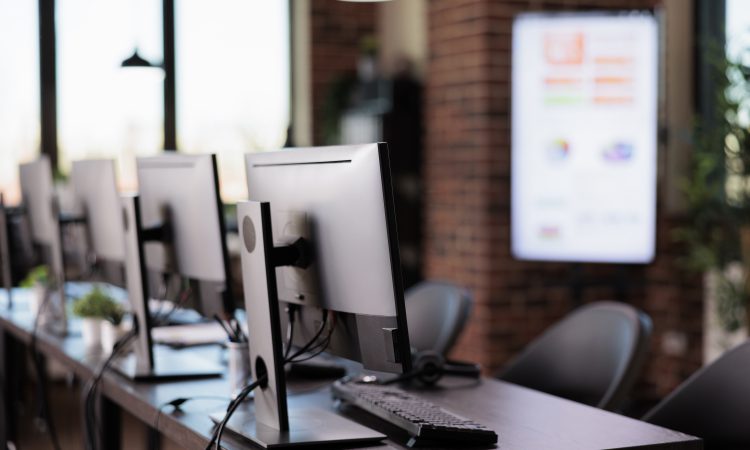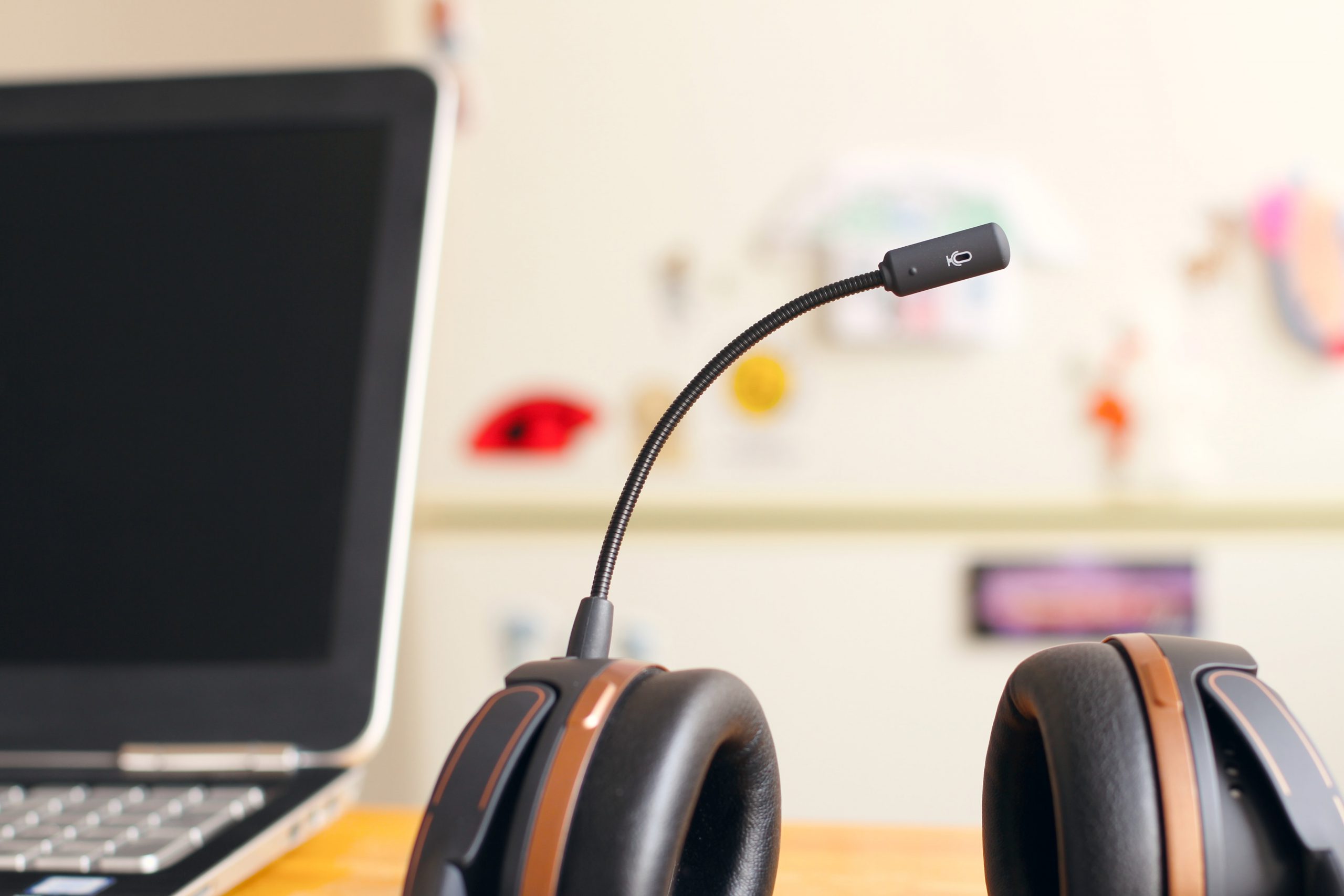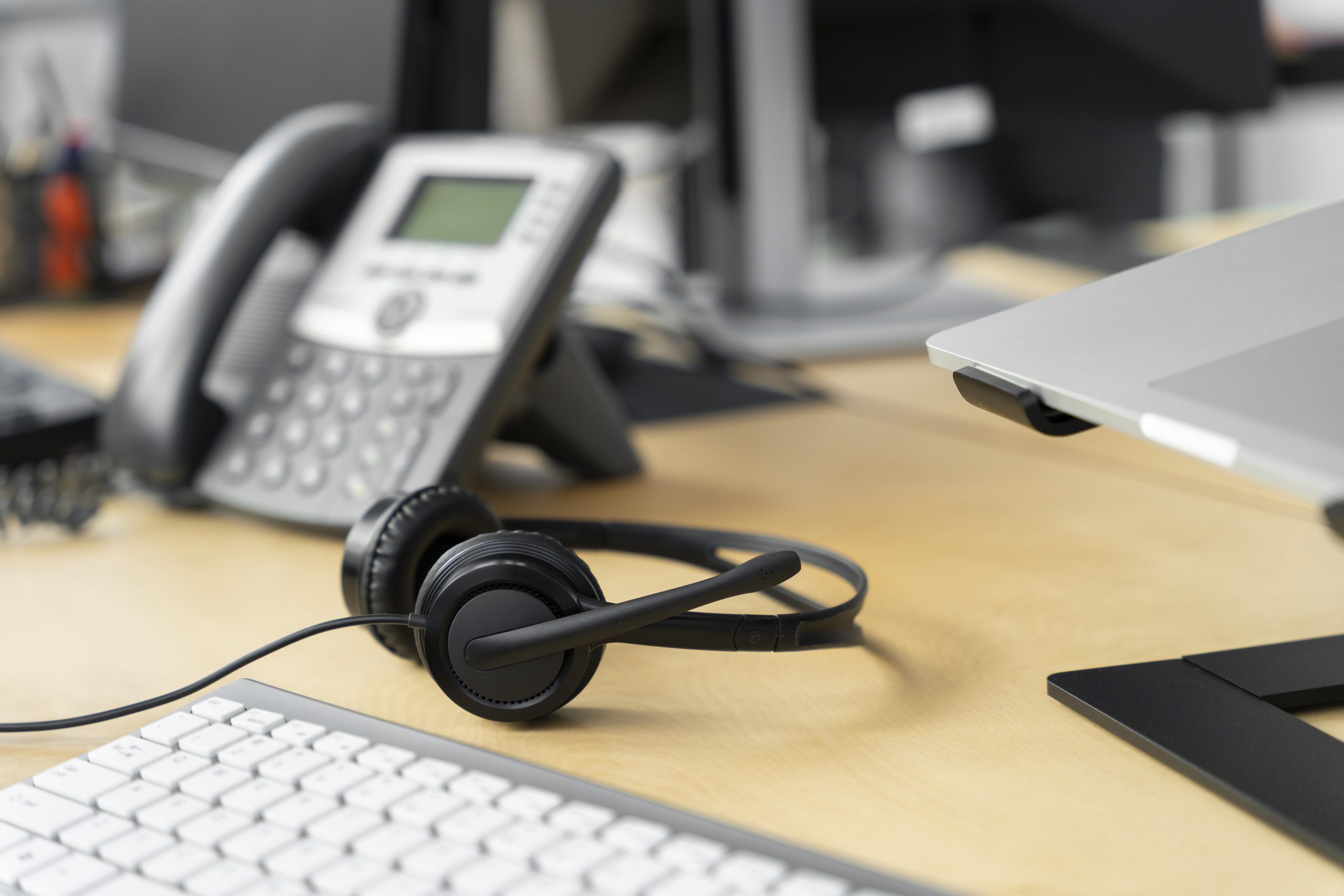
In the world of call centers, the art of perfecting customer interaction is a constantly evolving task. Call recording and analysis software has become a fundamental piece in this process, providing call center managers with valuable data and insights about agents’ conversations with customers. But why is call recording and analysis so crucial in call centers?
Call recording is not just a tool to ensure regulatory compliance and service quality, but it can also be a learning tool for agents. By recording customer interactions, call centers can identify areas of improvement, highlight success cases, and provide a constant training resource for their staff. Furthermore, call analysis offers a way to monitor call trends, better understand customer needs, and adjust strategies to improve customer satisfaction.
In this article, we will delve into the intrinsic value of these tools so that call center managers are better equipped to make informed decisions that will increase the efficiency and effectiveness of their team.
What is call recording and analysis software?
Call recording and analysis software is a tool used to capture, store, and examine telephone conversations with customers. This system is particularly useful for quality control, liability protection, employee performance review, staff training, and workforce management.
This technology adapts to various industries and company sizes, and is generally easy to implement and can be up and running in minutes. Moreover, companies do not have to deal with synchronization issues as the implementation and deployment are carried out by the provider, especially when it comes to cloud-based solutions.
Advanced call recording systems offer more sophisticated recording management and analysis capabilities. These systems not only organize and provide playbacks of the recordings, but they also allow users to segment recordings, write notes, and even obtain real-time transcriptions. These additional elements provide a deeper level of analysis and insight, which can be vital for the continuous improvement of customer experience and operational effectiveness.
Types of Call Recording and Analysis Software
- Standard Telephony System (PBX): A PBX is a private telephone network that facilitates an organization’s internal and external communications, providing features such as call transfer, voicemail, and call recording, although its scattered storage may not be ideal for call centers that need an organized and accessible record of all calls.
- Call Center Software: Call recording software for call centers, designed for high volume call environments, automatically records all interactions, even on other channels like email and chat, and uses text and voice analysis to discern customer sentiment, thus improving service quality.
- “Best-of-Breed” System: “Best-of-Breed” solutions for call recording store call data in the cloud or locally, with some hardware-based systems. Although these systems allow for random or total call recording, they might not support user-initiated recording or recording on other channels.
Features of Call Recording and Analysis Software
Voice Recording
Voice recording in call centers involves logging conversations between the agent and the customer, usually in a standard audio format. One standout mode is on-demand call recording, where employees have the ability to decide when to initiate the recording, providing flexibility instead of the system’s constant and automatic recording.
Multichannel Voice Recording and Speaker Diarization
Multichannel voice recording is an advanced technique that independently records the agent and customer voices on separate channels. Its relevance increases with the growing use of speech analytics and machine learning to examine phone interactions. Voice separation facilitates speaker diarization, a process that identifies and distinguishes between speakers, allowing for more accurate analysis of the tone and sentiment of each participant in the conversation, enhancing the quality of analysis and improvement strategies based on it.
Screen Recording
Screen recording captures an agent’s actions in real-time during a call, proving especially valuable in regulated environments and for training and quality assurance. This tool allows supervisors and trainers to evaluate the agent’s verbal communication and actions simultaneously. Advanced recording systems synchronize audio and video, which facilitates a comprehensive analysis of the interaction.
Voice and Text Analysis
Advanced call recording solutions may include features such as automatic scoring and call categorization, using tone analysis and keyword detection. Tone analysis allows for identifying the emotional state of the speaker, while keyword detection allows for highlighting important themes of the conversation, such as mentions of competitors or unsubscribe requests. On the other hand, text analysis is used to categorize text-based interactions such as emails, SMS text messages, or web chats. These functionalities are vital to provide a detailed view of service quality and to identify areas of improvement and opportunities in customer interaction.
Data Encryption
In call centers that process bank card payments, it is essential not to store this data after its use, complying with industry standards. Voice and text analysis tools can detect and obscure sensitive information in audio and text files, either through encryption, deletion, or the addition of white noise in the recording sections where confidential information is provided. To ensure the security and privacy of these recordings, they are usually encrypted or stored in locations with restricted access, thus ensuring the protection of customer information.
Benefits of Call Recording and Analysis in Call Centers
Call recording and analysis software offer significant advantages, such as the following:
Enhances Customer Experience
Currently, businesses understand that they need to keep customers satisfied to remain the preferred provider. Whether it’s calling to place an order or make an inquiry, it should be a hassle-free process that gives customers the information they need and leaves a positive impression.
Call recording can help ensure that customers receive top-notch customer service each time. Call center supervisors can use the recordings to get sample calls to rate performance and to help train agents on how to handle certain scenarios. Without these recorded conversations, it’s often difficult to provide the right training to improve interactions with customers.
Helps Understand the Customer
Call recording in customer service centers becomes a valuable resource, revealing crucial details about customers’ needs, expectations, preferences, and complaints. This strategy helps understand the reasons behind customer interaction, the information they seek, the effectiveness with which their demands are met, and the level of satisfaction.
This data set facilitates service personalization and efficiency. Moreover, captured conversations can uncover customer interests and objectives, which can be used to power future marketing strategies.
Ensures Quality and Compliance
Call recording is a vital resource in dispute management, staff efficiency improvement, and customer experience optimization, while complying with data protection and privacy regulations. These recordings offer agents the ability to retrieve essential information, prevent mistakes, determine liabilities, and strengthen customer service.
Better Trains Agents
Listening to simulated recorded calls is an effective strategy for training and optimizing the performance of call center agents. This method allows identifying and correcting mistakes before interacting with real customers, facilitating improvements in aspects like elocution, phone etiquette, relationship-building, active listening skills, and reaction time.
New agents acquire sales skills by studying recordings of experienced agents, while senior agents also benefit from reviewing their own recordings with difficult customers, allowing them to adjust and continually improve their performance.
Promotes Continuous Learning
Call recordings are a valuable tool that promotes continuous learning by keeping organizations updated with changing customer expectations and enhancing agent training. These records can highlight positive performance examples and areas for improvement, allowing managers to implement best practices and address specific issues.
Recordings are essential for identifying recurrent problems that affect sales or customer service and provide up-to-date information to agents to handle these issues effectively. Additionally, this data can optimize call center scripts, revealing patterns that trigger customer responses, resulting in more productive interactions.
Increases Productivity
You run the risk of having unproductive agents in your contact center if they do not have the ability to replay their conversations and learn from them. Call recording allows you to develop scripts from previous calls, so operators are prepared to efficiently address the most common requests.
Call recording includes screen capture in addition to audio, which can also be reviewed to find opportunities to improve efficiency. Regularly viewing these recordings sheds light on blind spots and helps to fill in gaps to maximize productivity. It also contributes to empowering agents, as you are actively providing them with the necessary tools to succeed in their job.
Boosts Operational Efficiency
Constant monitoring of a call center’s operations can maximize its profitability by ensuring employee productivity and process efficiency. If certain call center metrics, such as FCR, NPS, AHT, do not meet standards, call recording data analysis can help identify and rectify potential performance or operational bottlenecks.
Moreover, by focusing on a single cloud communication platform, people do not have to pay for the extra clutter, organization, management, and costs associated with using multiple systems.
Encourages Better Decision Making
Utilizing call recording and analysis allows managers to make decisions based on objective data, rather than relying on subjective biases. Recordings provide a clear and accurate view of how interactions with customers may be affecting their experience, whether due to large-scale issues, such as product problems, or smaller issues, such as an agent’s lack of understanding of a specific issue. Detailed data is provided in real-time and in a clear manner, allowing for timely and well-founded interventions to improve customer satisfaction.
Choose the Best Call Recording and Analysis Software for Your Call Center
Choosing the best call recording system for your call center will depend on your specific needs. If you only require on-demand recording, a PBX system is suitable, while for telephone call centers not looking to overhaul their infrastructure, a ‘best-of-breed’ system is ideal. Call centers with a focus on training will benefit from systems with quality assurance tools, and those with a multimedia presence will need an advanced system with voice and text analysis. Additionally, call centers handling banking information will need a solution that encrypts and hides confidential information.
Current technology, such as artificial intelligence, offers advanced analysis options such as sentiment analysis, which allows for improving the customer experience both in real time and in the future. Upbe represents the evolution of voice analytics, using machine learning to identify contextual categories in phone calls. With the most accurate voice-to-text transcription engine on the market for call center phone conversations, Upbe provides a comprehensive view of your call center’s interactions, backed by a powerful dashboard system.
If you are a call center, Upbe can automate your quality audits or telephone sales verification processes. If you are a business, Upbe provides you with a platform to understand your customers’ opinions and anticipate their needs.
Ready to transform your call center? Learn more about Upbe and how it can help you.




